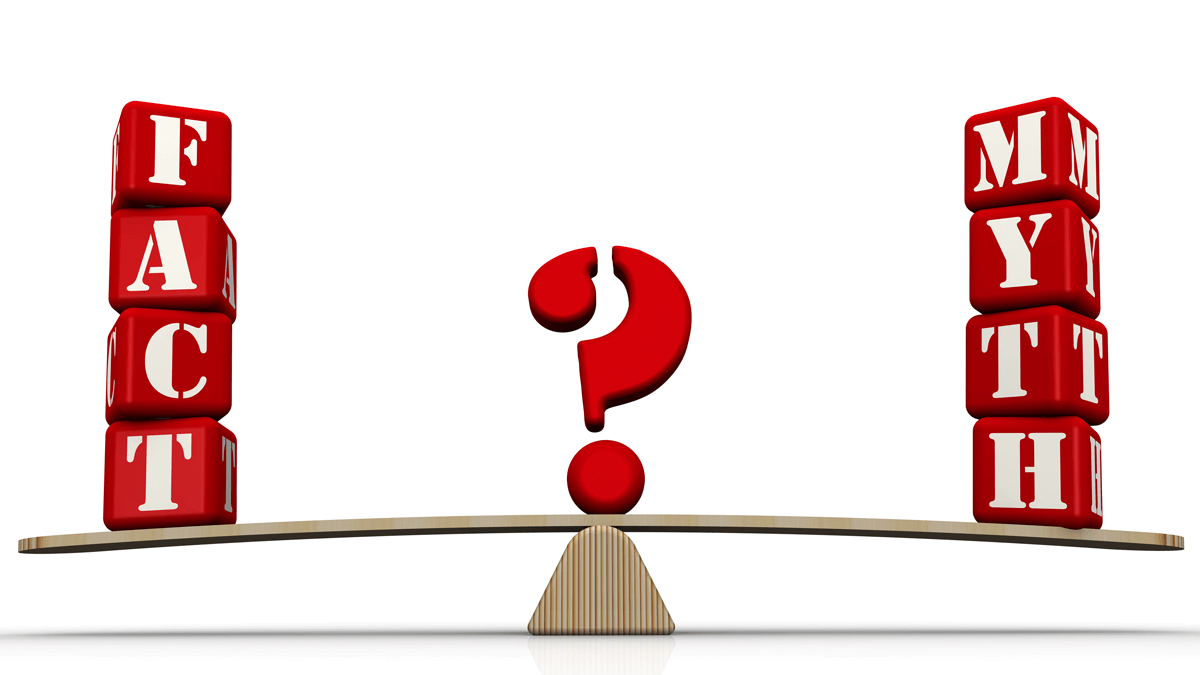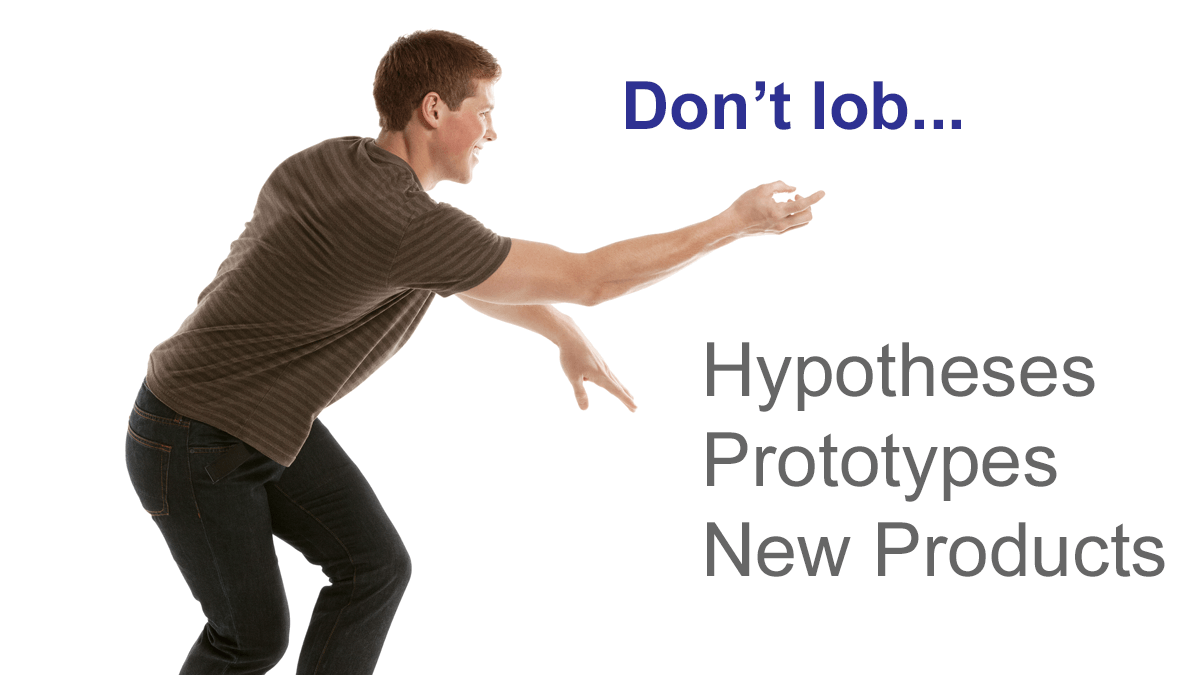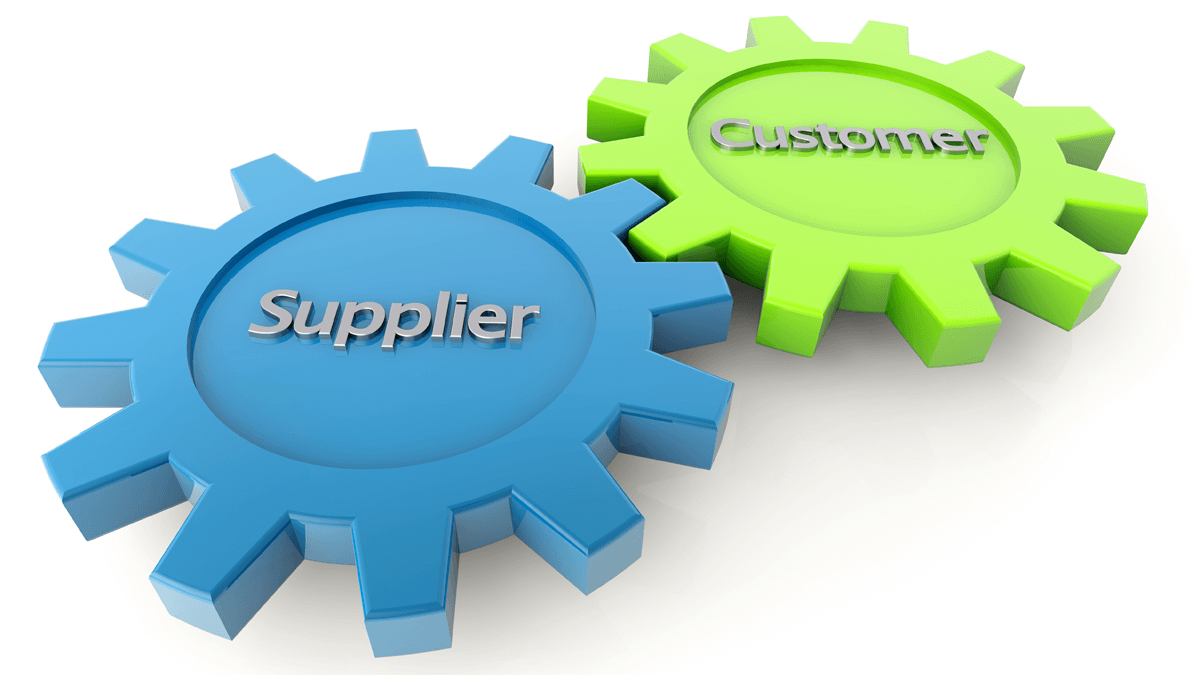The “Red Queen Effect” has your business running as fast as it can just to stay even with competitors. You need to compete differently if you want rapid, profitable growth you can rely on year after year.
b2bgrowth.video/2 Video length [2:12]
Blog Category: Business-to-Business (B2B)
Intro to B2B Organic Growth
The methods introduced in this series are based on solid research and AIM Institute’s experience training tens of thousands of B2B professionals. Here’s why these methods will be commonplace someday.
b2bgrowth.video/1 Video length [2:12]
Don’t expect management to support what it can’t understand.
When it comes to transformational R&D projects, clever project de-risking is only half the battle. The other half is gaining the confidence of the entire leadership team. Few teams do this well. Instead they assemble detailed PowerPoint presentations focused on the project’s good points. Within 3 or 4 slides, they confound everyone except their sponsor, the technology head.
More in article, How to de-risk projects and overcome management doubt
Real business leadership is learned, not bestowed.
We call our bosses “leaders” out of respect for their organizational position. But have they learned how to drive B2B organic growth? In fairness, we provide training to the rank and file so they can develop new skills… but we expect our busy leaders will somehow “pick up” what’s needed. We’ve compiled 30 lessons for business leaders in the e- book, Leader’s Guide to B2B Organic Growth. You can even sign up to receive a 2-minute weekly video lesson for 30 weeks… an executive short-course in leading growth.
More in article, B2B Organic Growth: 8 top lessons for leaders
Some leaders could boost innovation by staying home
We see three areas where leaders can have a greater negative impact on innovation than positive: 1) organizational friction (travel bans, spending freezes, hiring delays, excessive re-orgs, etc.) that slow innovation to a crawl, 2) spreading too few resources over too many projects so that nothing moves briskly, and 3) short-changing the front-end of innovation, so that a clear picture of customer needs is lacking. Companies pay a heavy price for keeping such leaders in place.
More in article, Accelerate New Product Innovation
B2B Customer Needs: Predict the customer’s experience with modeling
B2B companies can do 3 things with customer needs: guess, understand or model them. This article explores modeling and its 3 benefits: 1) It’s much cheaper and faster than starting with a prototype, 2) you’ll understand customers’ next-best alternatives better… so you can optimize product pricing, and 3) customers will be much more engaged. ... Read More
Do you permit “factoids” in your product development?
The Oxford Dictionary defines a factoid as an item of unreliable information that is repeated so often it becomes accepted as fact. Too often in product development, what we view as a fact is just a factoid. Its fine to have assumptions, but make sure they don’t dress up as facts. What you think you know is more dangerous than what you know you think.
View video, De-risking Transformational Projects
Beware of B2C “shortcuts”
You’ll continue seeing innovations for how we innovate… but you should critically assess them with a “B2B filter.” Take Lean Startup. It offers some good ideas, but it can encourage you to develop and show prototypes to B2B customers before having an intelligent conversation with them. Now that’s just silly.
More in white paper, Lean Startup: Expanding the Build-Measure-Learn Cycle
Don’t lob until you’ve learned
There are several things you should never lob at B2B customers until you’ve first learned from them. Don’t lob your hypotheses, prototypes, or new products—until you’ve learned what these customers want. B2B customers have high knowledge, interest, objectivity and foresight… so they can tell you exactly what outcomes they want… if you know how to ask. It’s both wasteful for you and insulting to them if you assume they can’t help you.
More in Leader’s Guide Videos Lesson 12, Stop leading with your solutions
Optimize for each B2B market’s unique nature
Each of your market segments has a unique nature, defined by five qualities of its customers: knowledge, interest, objectivity, foresight and concentration. If you treat all markets the same, you’ll seriously sub-optimize. Better to fine-tune your early-stage marketing (understanding customer needs) and late-stage marketing (promoting your solutions) to each market segment. Use this free service to calculate your market’s B2B Index (how B2B it is) and learn 15 customized marketing strategies.
Calculate your B2B Index at www.b2bmarketview.com
Engage your B2B customers
B2C suppliers use customer interviews to gain insight. B2B suppliers should do this AND to build B2B customer engagement. If your B2B market has a handful of large buyers, use your interviews to impress them as the supplier they should do business with. Three practical ways to do this are explored here.
More in ebook, Reinventing VOC for B2B
Understand your B2B advantages
Most B2B companies have enormous insight advantages, because their customers have high knowledge, interest, objectivity, foresight and concentration.
Check out this free service to score your market’s B2B Index. You’ll see “how B2B” your market is… and learn how to take advantage of your B2B advantage.
Most B2B commercial risk is avoidable. Risk-takers should get their thrills elsewhere.
When do most producers resolve commercial risk? After product launch, when they learn if their product is a success or failure. You can build a “certainty time machine” and remove most commercial risk in the front-end of innovation. But only if you’re serving B2B customers, who can explain nearly all that you need to know.
More in white paper, Guessing at Customer Needs (page 5).
You can only help B2B customers two ways: improving their processes or products.
You can improve a process anywhere down the value chain, or you can improve the ultimate product. (Mid-stream products don’t count.) Equipment and service providers often have their biggest impact on processes. Component or material makers often have a larger impact on products. In either case, you need to pursue these improvements with passion.
More in e-book, Reinventing VOC for B2B (page 26).








